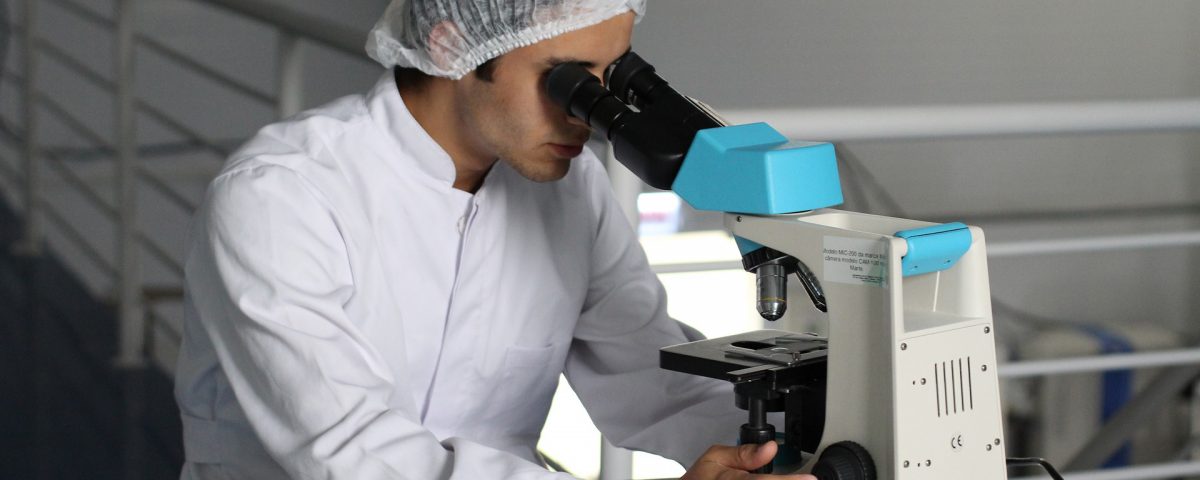
Frequently Asked Questions About DNA Testing
2017-11-27
DNA Profiling To Resolve Crimes – Unlikely Sources Of Samples
2018-01-08
A DNA parenting test is a type of DNA testing done to determine whether two individuals are the real parents of the child. A DNA sample like blood or some other cells is taken from both the parents and the child and is tested in laboratories. An analysis of these reports is done and the final results are matched with that of the child. If the specific areas of the DNA show similarities between the child and the parents, then they are related and if it does not show similarities, the individuals are not the parents of the child.

There are two types of tests done under the DNA parenting test: namely the paternity test and the maternity test. The paternity test is done to determine the father of the child and also the child’s link to the family of his father. The maternity test is done to determine the mother of a child and the child’s relation to the family of the mother.
The embryo is formed by the fusion of the sperm, that is the male reproductive cell, to the ovum, which is the female reproductive cell. Both the sperm and the ovum contain total genetic characters of the individual they belong to. When these fuse together, the characteristics gets divided into half due to cell division and half of the characteristics of the female gets attached to half the characteristics of the male. The embryo then formed is the mixture of the characters of both the parents.
When the paternity or maternity tests are done, the characteristics of the child should match to the half of the mother and to the half of the father.
If 50% characteristics do not match to the mother or the father it becomes very clear that the individuals are not the parents of the child.
Paternity tests are almost 100% accurate. This means there is an only small chance of the result coming out wrong and giving the wrong information. The inaccuracies that are seen in the test results are mostly because of human errors. The test process in itself is fool proof.
There is an inclusion paternity test and exclusion paternity test. In the exclusion type, a paternity test is considered correct 100% of the times. The DNA of the father is tested against that of the child and the father needs to have half of the chromosomes similar to the child.
In the inclusion type, a paternity test is based on the possibility of how likely the father is the biological match of a child. Unlike the exclusion paternity test where 50% of the chromosomes should be similar, this test shows the similarity percentage. The best results are 99% or higher. These parenting tests have advanced with time and have come up to the accuracy of 99.9 % but still, the acceptable percentage of any paternity test is 97%.
